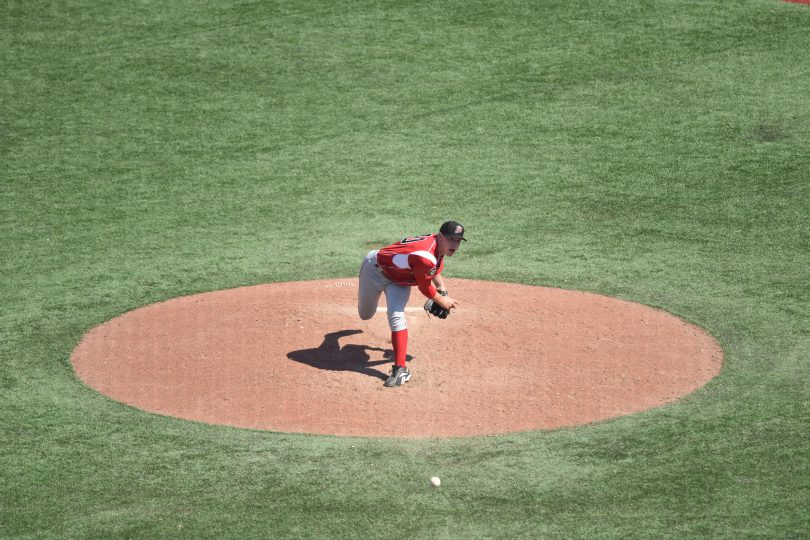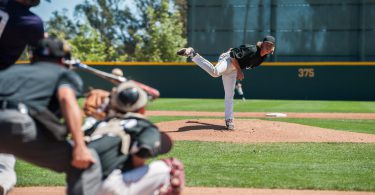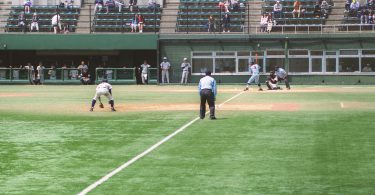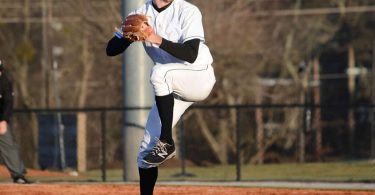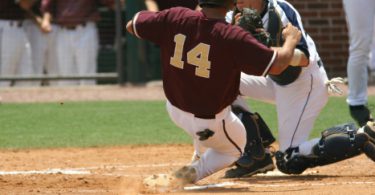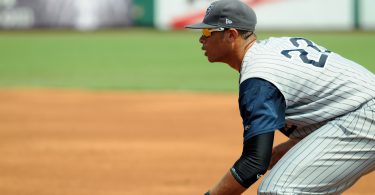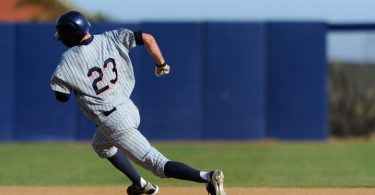The Situation:
Runner on third, one out, bottom of the 8th inning. The 9-hitter, a lefty, is up, and the game is tied. The defense is pulled in on the grass.
The Play:
The first baseman knows that the scouting report on the 9-hitter says that he’s dead pull. He’s been hitting hard grounders to the first base side the whole game. The first baseman was determined to cover as much ground side-to-side as possible. Suddenly, as the pitcher breaks his hands in his motion, the batter squares to bunt. The runner does not break from third, but is taking an aggressive lead. The first baseman holds his ground.
The Outcome:
The hitter bunts the ball hard down the first base line. The pitcher sprints off the mound and the runner from third takes off for the plate. The first baseman comes in and picks up the hard bunt, but his only play is to flip the ball to the second baseman covering first.
What Went Wrong?
The college game is notorious for this type of trickery and small-ball. The safety squeeze, a rare play in high school, is a dangerous weapon in college. An infielder, especially on the corners, has to be prepared to react to any play in any situation. As a corner infielder, your primary job in situations like this is going to be to crash. There is no reason for the first baseman to hold his position at first. The second baseman is playing in, so he is close enough to cover the bag, and the most important runner on the field is the one trying to score. Most often, a safety squeeze is going to be executed on the first base side and it’s also common with runners on the corners, to avoid the double play. Understand that it’s always a possibility that this play will be on. Don’t ever let it surprise you. Make it your first reaction in a situation like this to crash and try to cut down that runner at home. If you play it right and the offense executes, then you get the ball to the second baseman and get the out at first.

